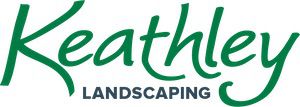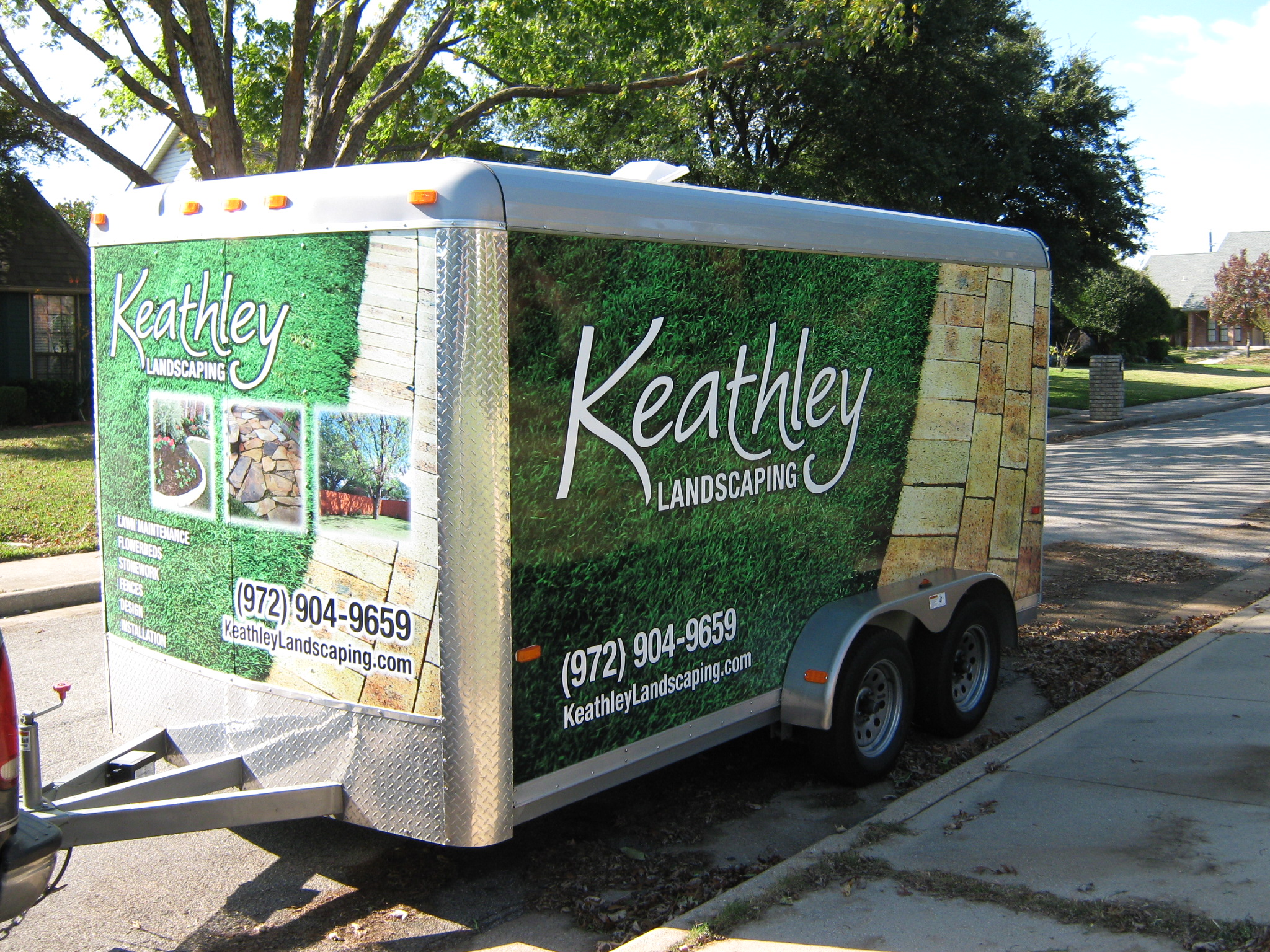French Drains: Innovations in Permeable Materials
Welcome to our ultimate guide on French drains, where we’re diving deep into the exciting world of permeable materials. Whether you’re a homeowner looking to tackle drainage issues or a curious reader interested in the latest landscape innovations, you’re in the right place! 🌿
Table of Contents
1. Introduction: What Exactly is a French Drain?
2. The Evolution of French Drains
3. Innovative Permeable Materials: What’s New?
4. Benefits of Using Advanced Materials
5. Conclusion: Making the Right Choice
6. FAQs
Introduction: What Exactly is a French Drain?
Let’s start with the basics. A French drain is a simple yet effective solution for redirecting water away from your home or garden. It’s essentially a trench filled with gravel or rock that contains a perforated pipe to redirect surface water and groundwater away from an area. Easy, right? But like all good things, there’s always room for improvement.
The Evolution of French Drains
French drains have been around for centuries (yes, they’re that old!). Originally, they were just trenches filled with gravel. Over time, pipe systems were added to enhance water flow efficiency. But what about the materials used? That’s where things get interesting. 🤔
Innovative Permeable Materials: What’s New?
Today, the world of permeable materials is bustling with innovation. Let’s take a look at some of the most exciting developments:
1. Eco-Friendly Plastics
Gone are the days of heavy, non-biodegradable materials. Modern French drains often use eco-friendly plastics that are both durable and sustainable. These materials offer flexibility and longevity, ensuring your drainage system lasts for years.
2. Geotextiles
Geotextiles are synthetic fabrics used to improve soil stability and control erosion. They are now a staple in French drain construction, providing added filtration and preventing soil clogging. Plus, they’re highly customizable to fit any landscape design!
3. Porous Concrete
Yes, you read that right! Porous concrete is becoming a popular choice due to its ability to absorb water and reduce runoff. This makes it ideal for areas prone to heavy rainfall. Plus, it looks pretty cool too! 🏗️
Benefits of Using Advanced Materials
Switching to advanced permeable materials offers several advantages:
✔️ Improved Efficiency: Modern materials enhance water flow and reduce clogs.
✔️ Sustainability: Eco-friendly options minimize environmental impact.
✔️ Longevity: Durable materials mean less maintenance and longer life spans.
✔️ Aesthetic Appeal: Innovative designs can blend seamlessly with your landscape.
Conclusion: Making the Right Choice
Choosing the right materials for your French drain can significantly impact its performance and longevity. By embracing these innovations, you not only solve drainage issues more effectively but also contribute to a more sustainable and aesthetically pleasing environment. So, are you ready to transform your landscape? 🌍
FAQs
What is the main purpose of a French drain?
A French drain is designed to redirect water away from specific areas, preventing water damage and managing runoff efficiently.
How do geotextiles improve French drains?
Geotextiles improve French drains by filtering water, preventing soil clogging, and stabilizing the soil structure.
Are eco-friendly plastics durable for French drains?
Yes! Eco-friendly plastics used in French drains are designed to be both durable and sustainable, offering a long-lasting solution.
Can I install a French drain myself?
While it’s possible to DIY a French drain, consulting with a professional can ensure proper installation and material choice, especially with newer innovations.
We hope this guide has shed light on the fascinating innovations in permeable materials for French drains. Happy landscaping! 🌼





































Recent Comments